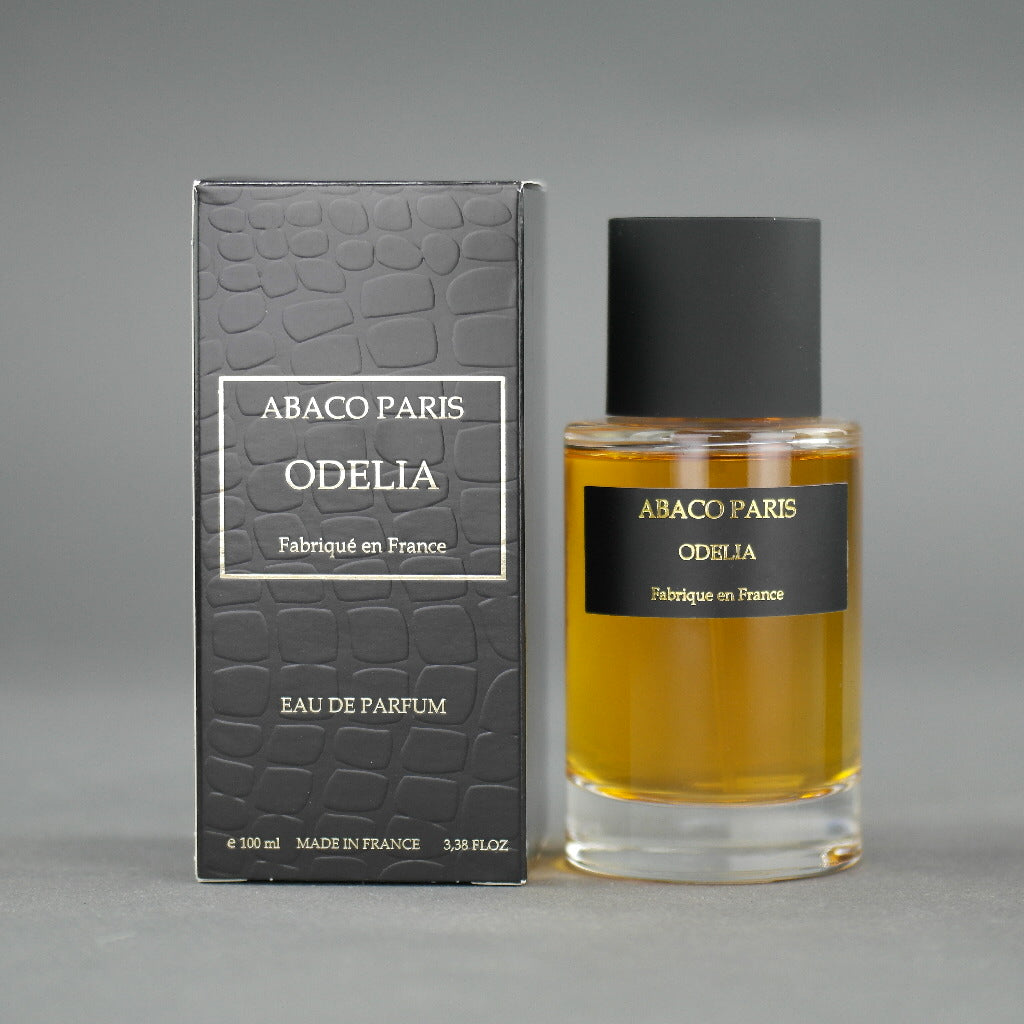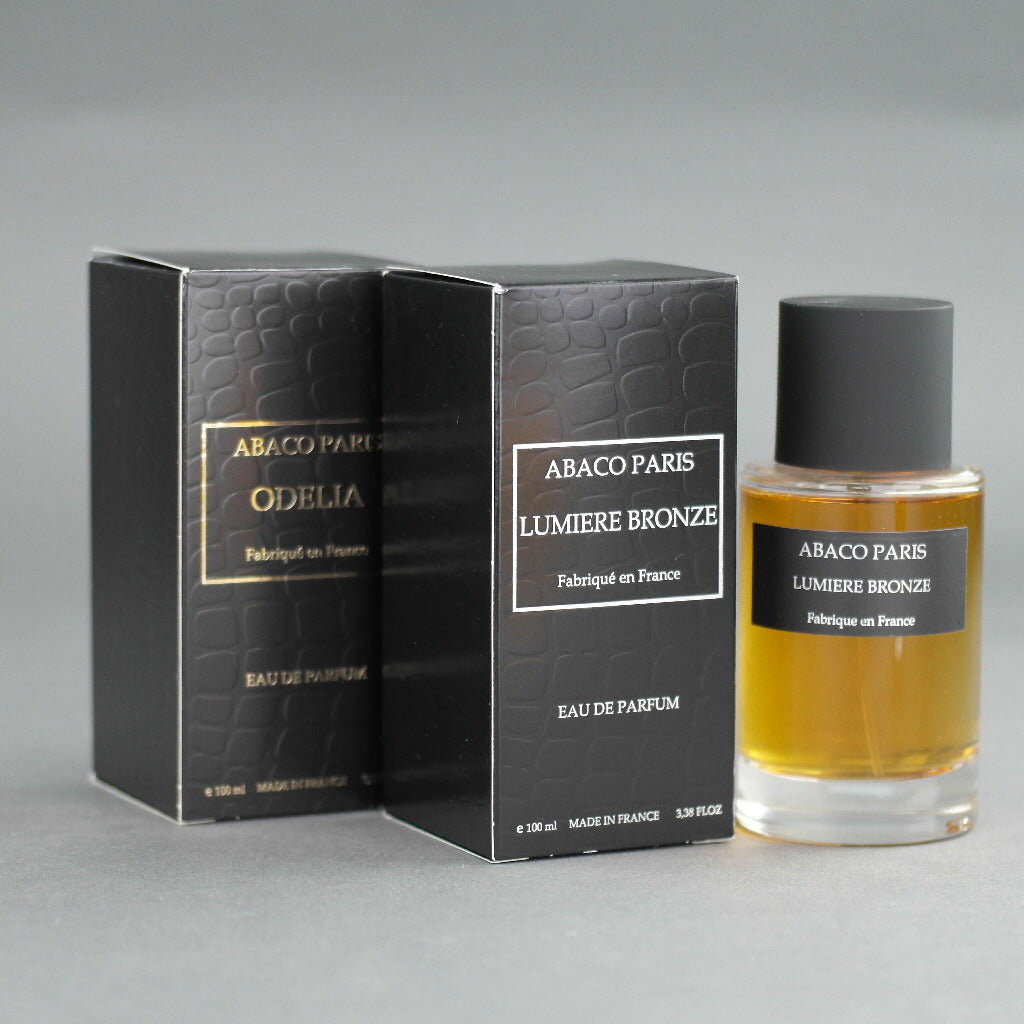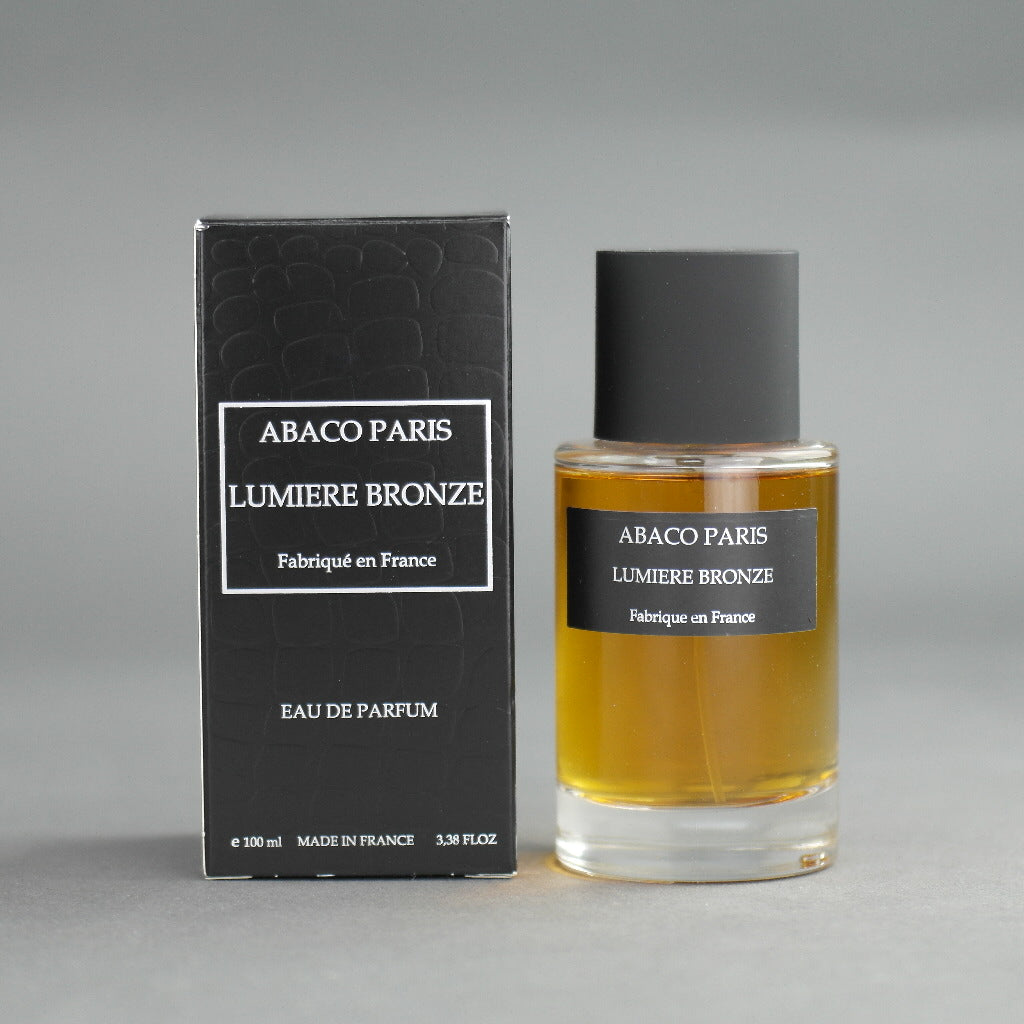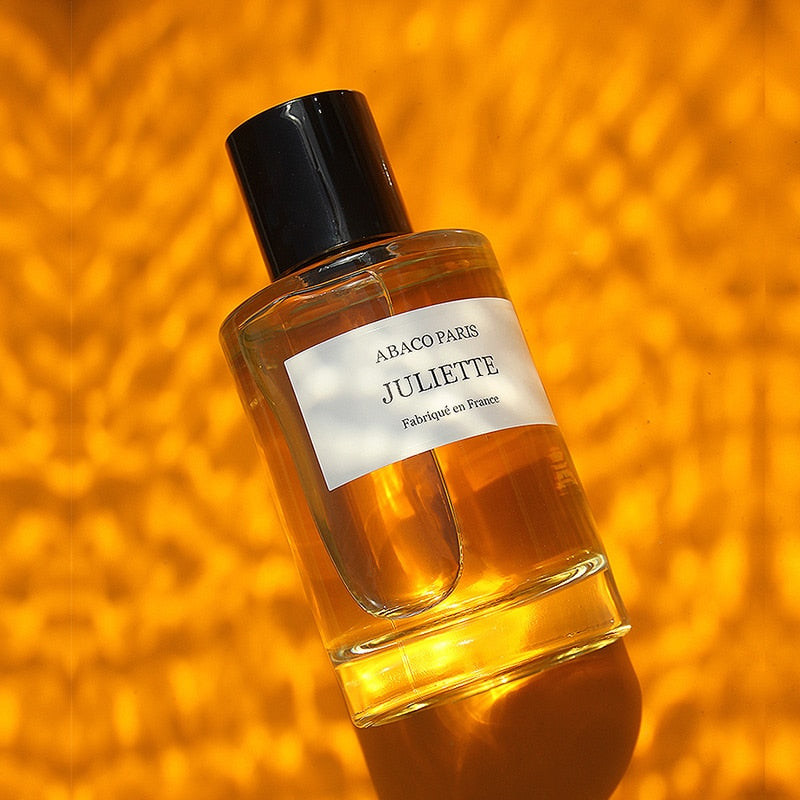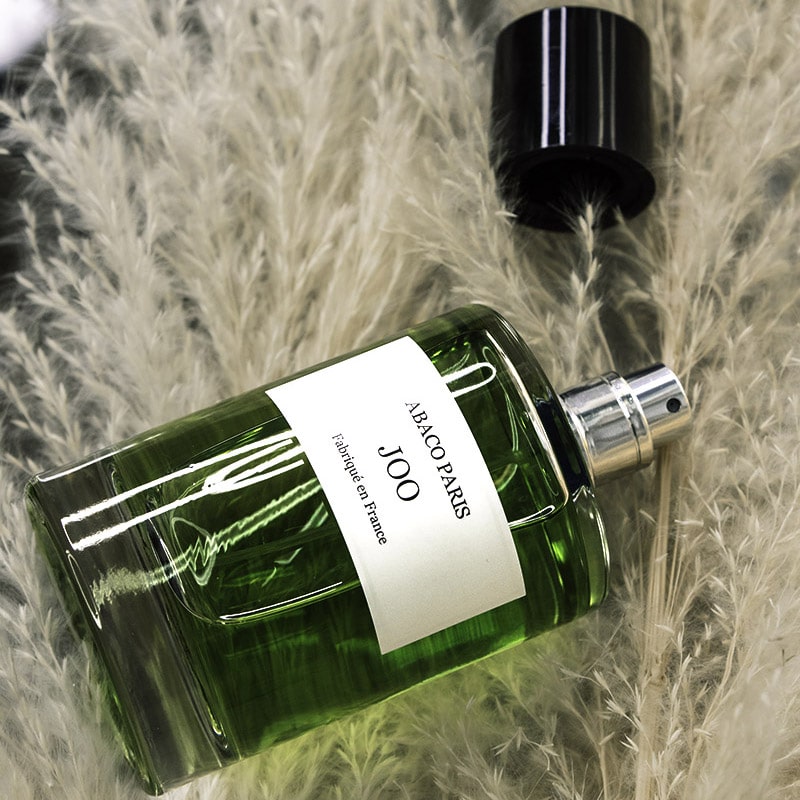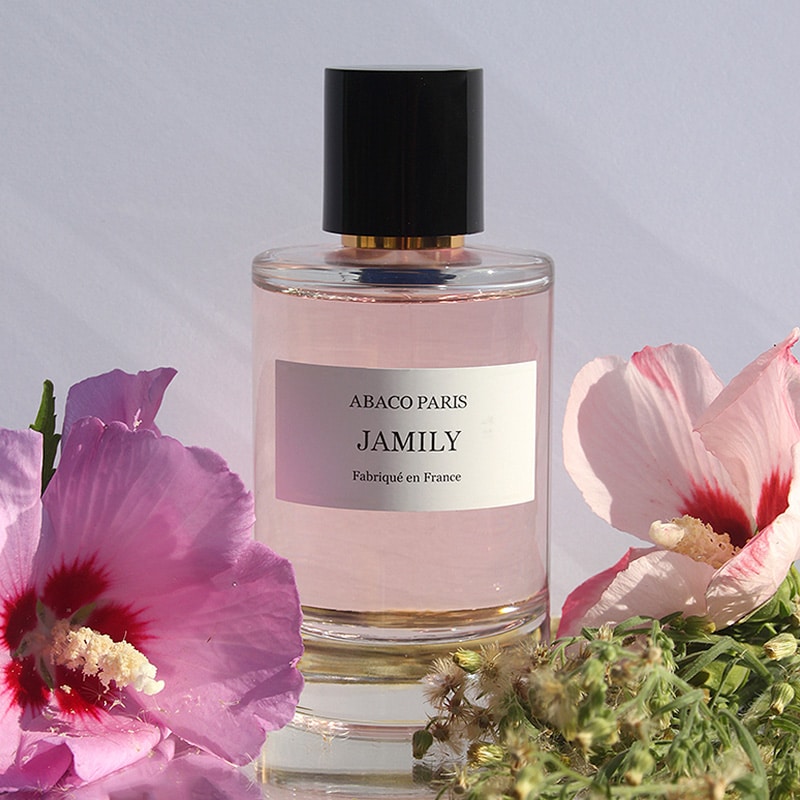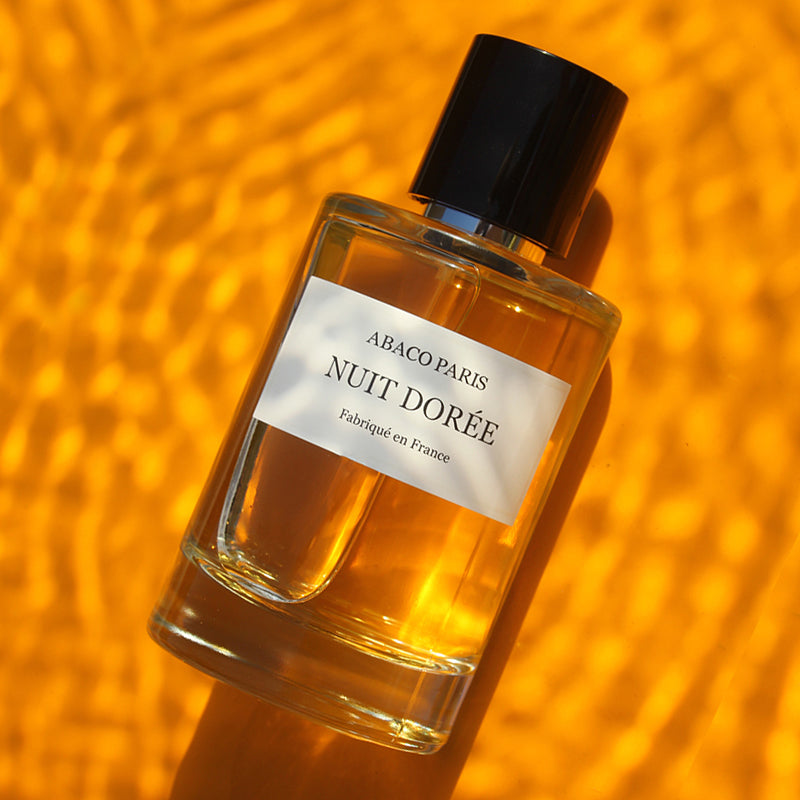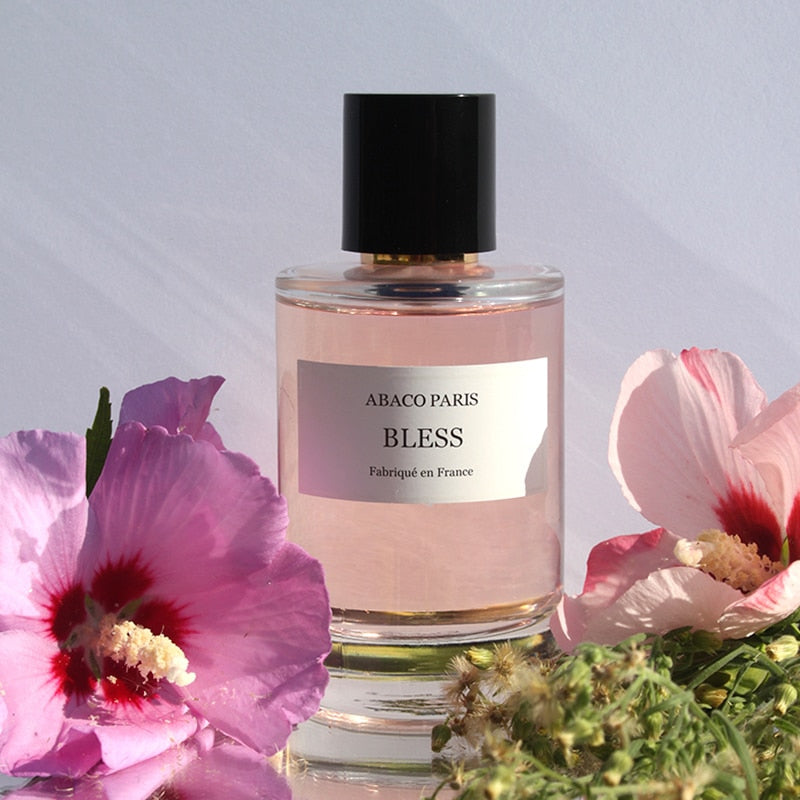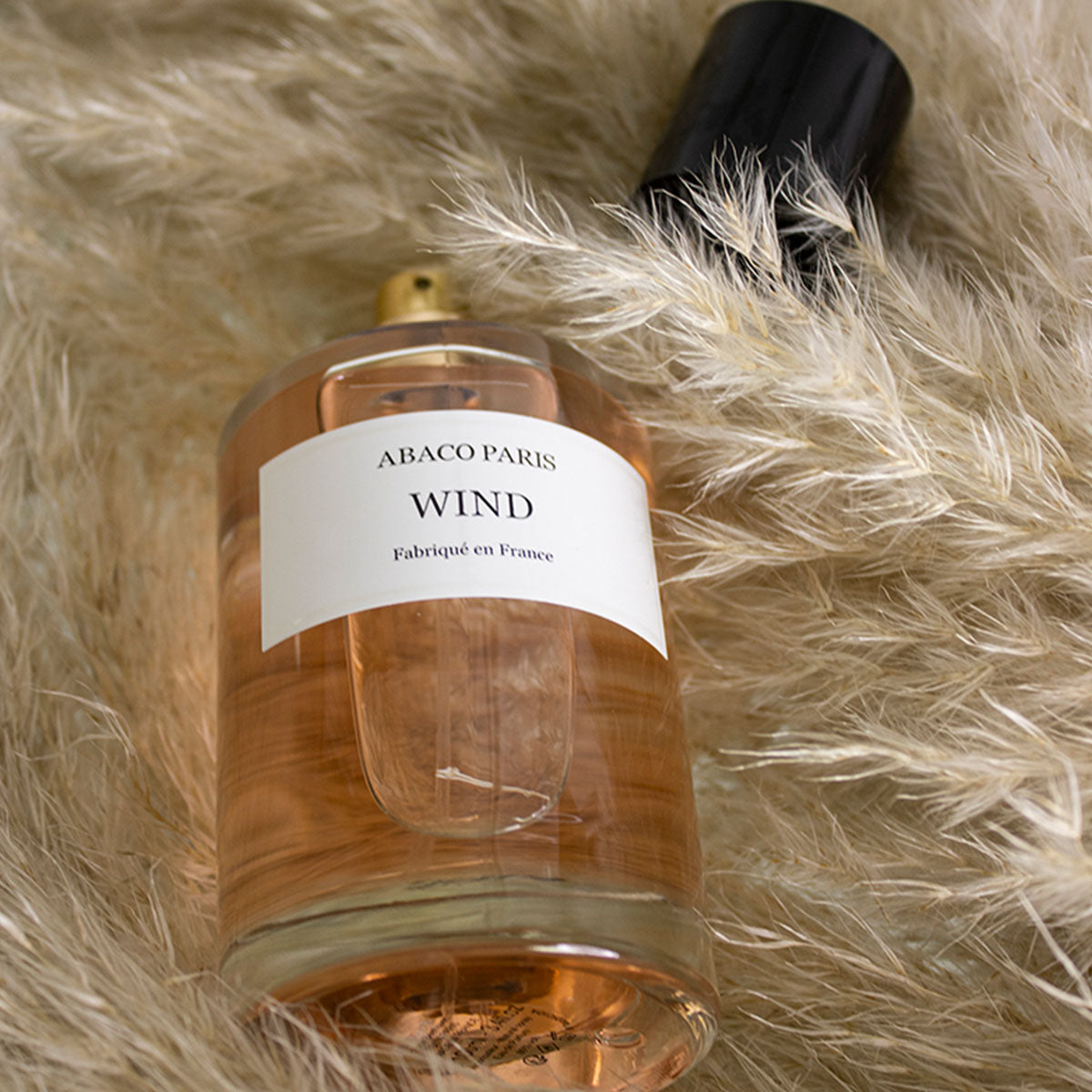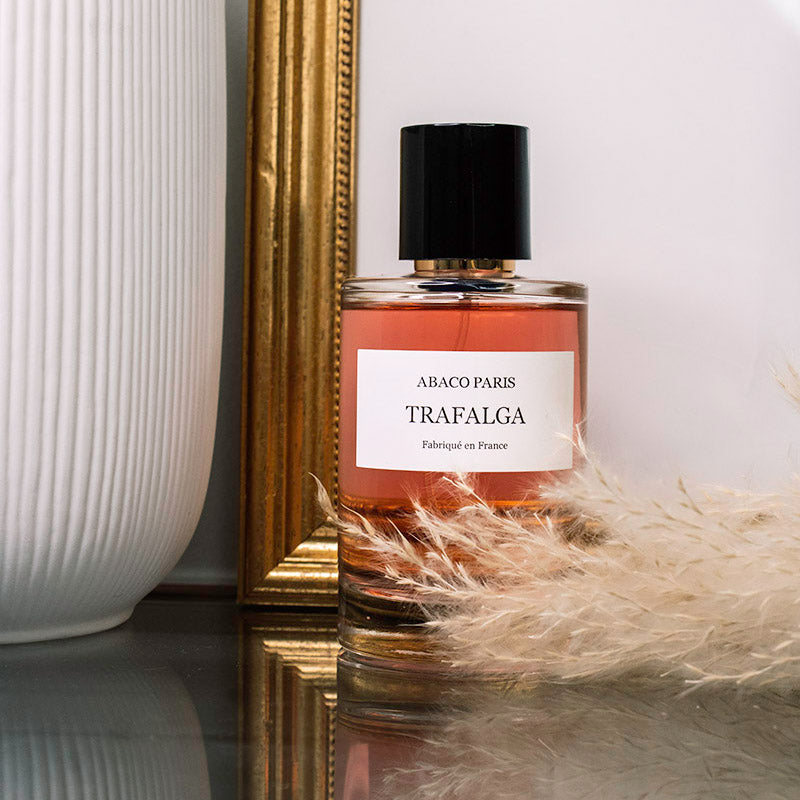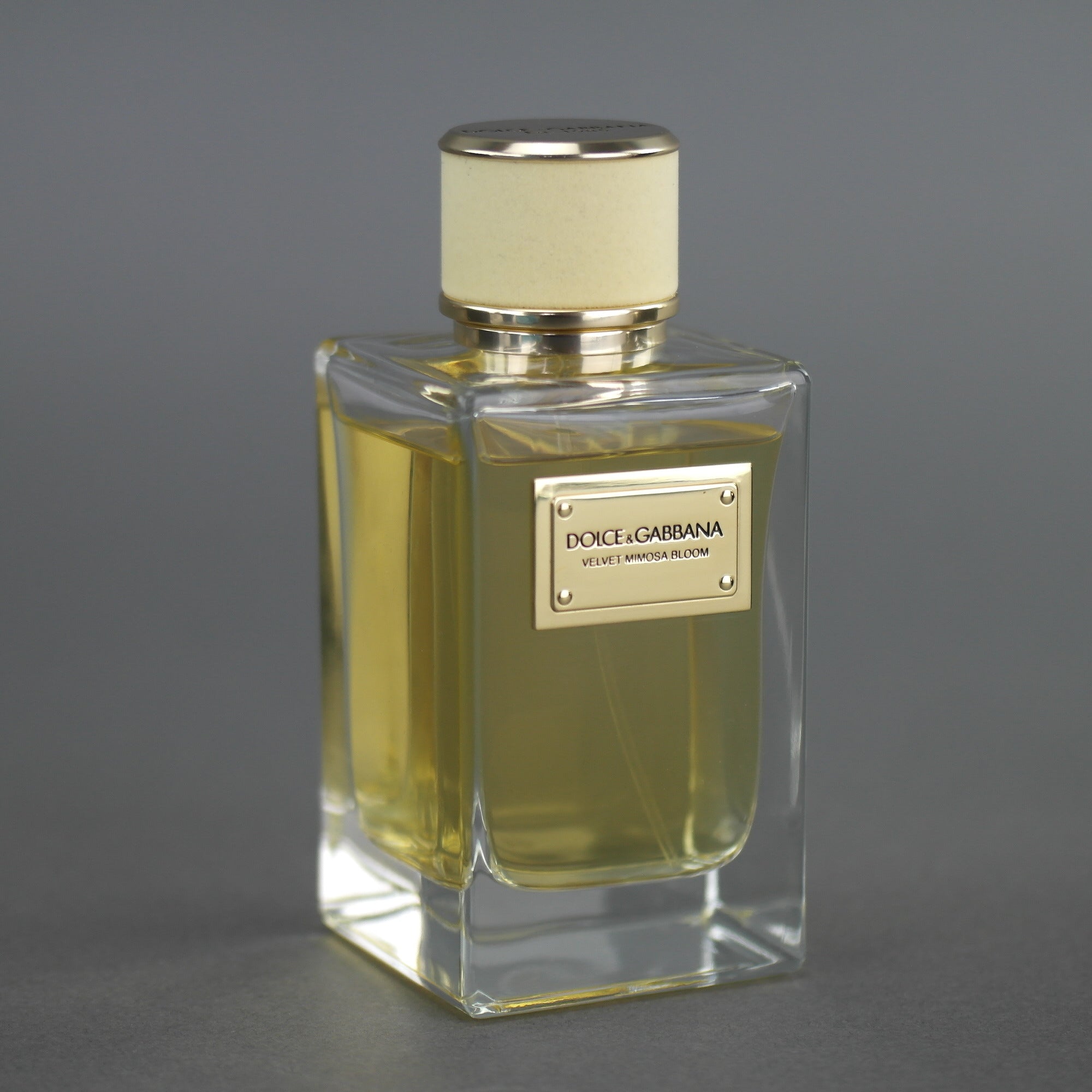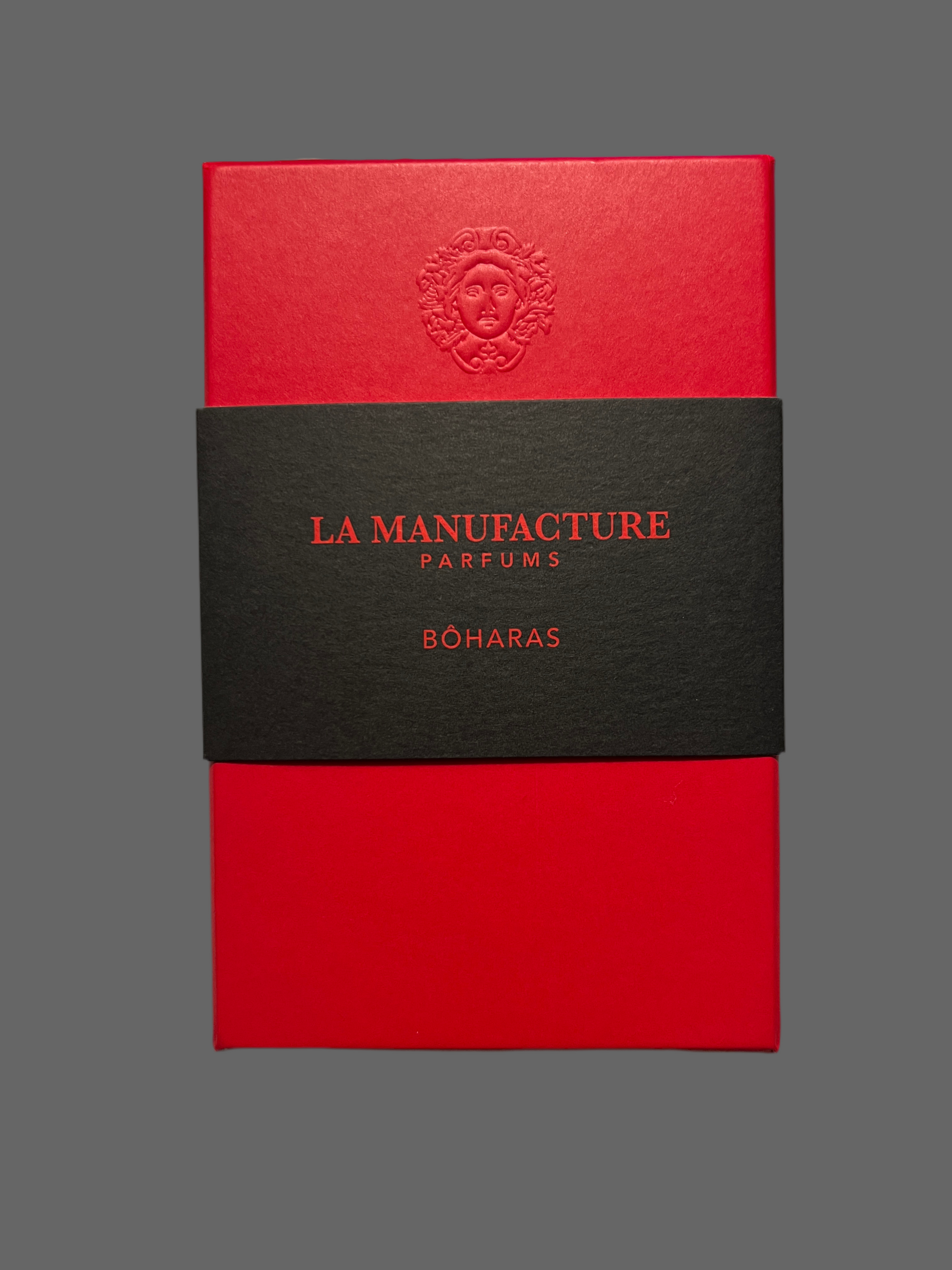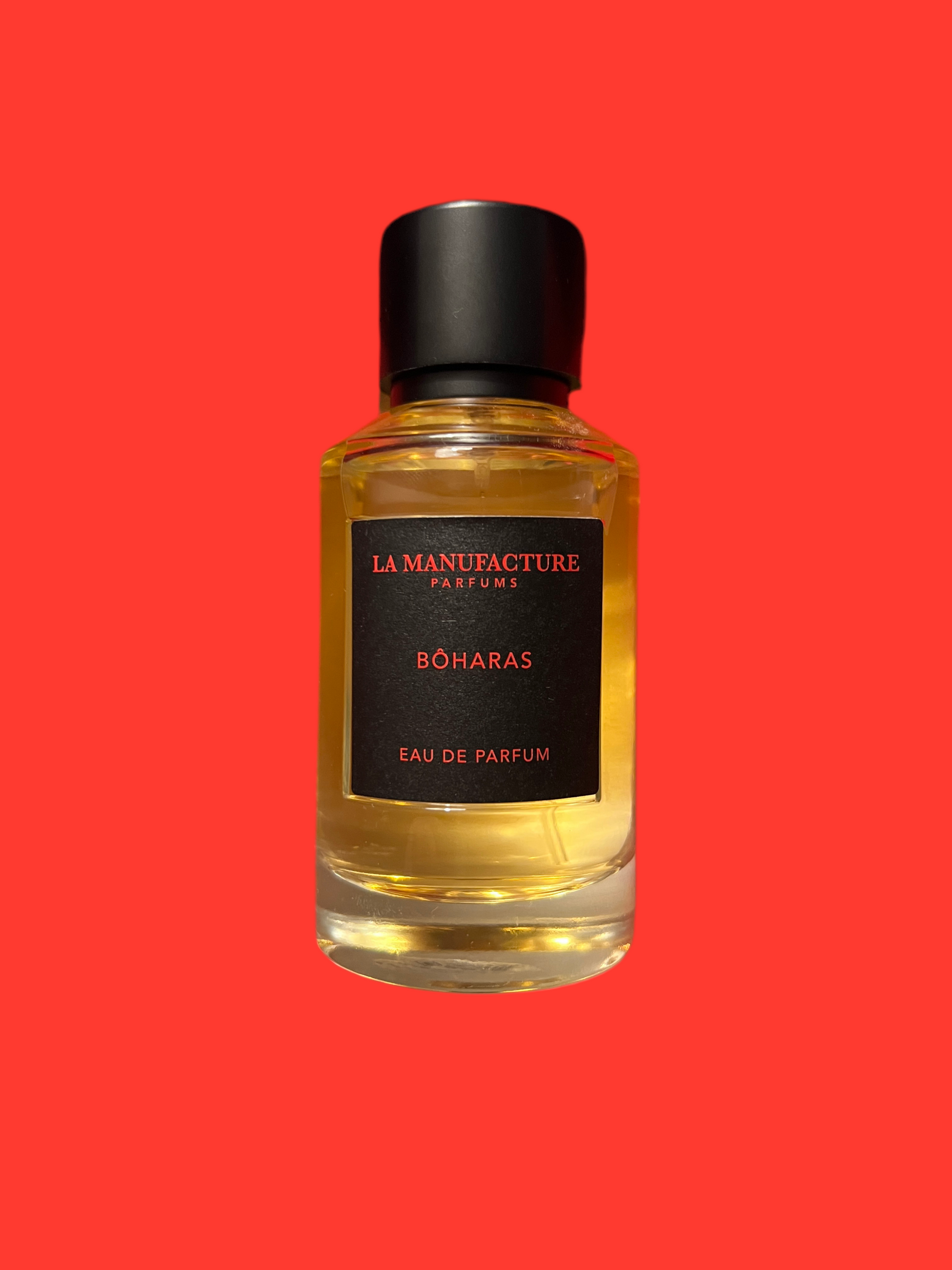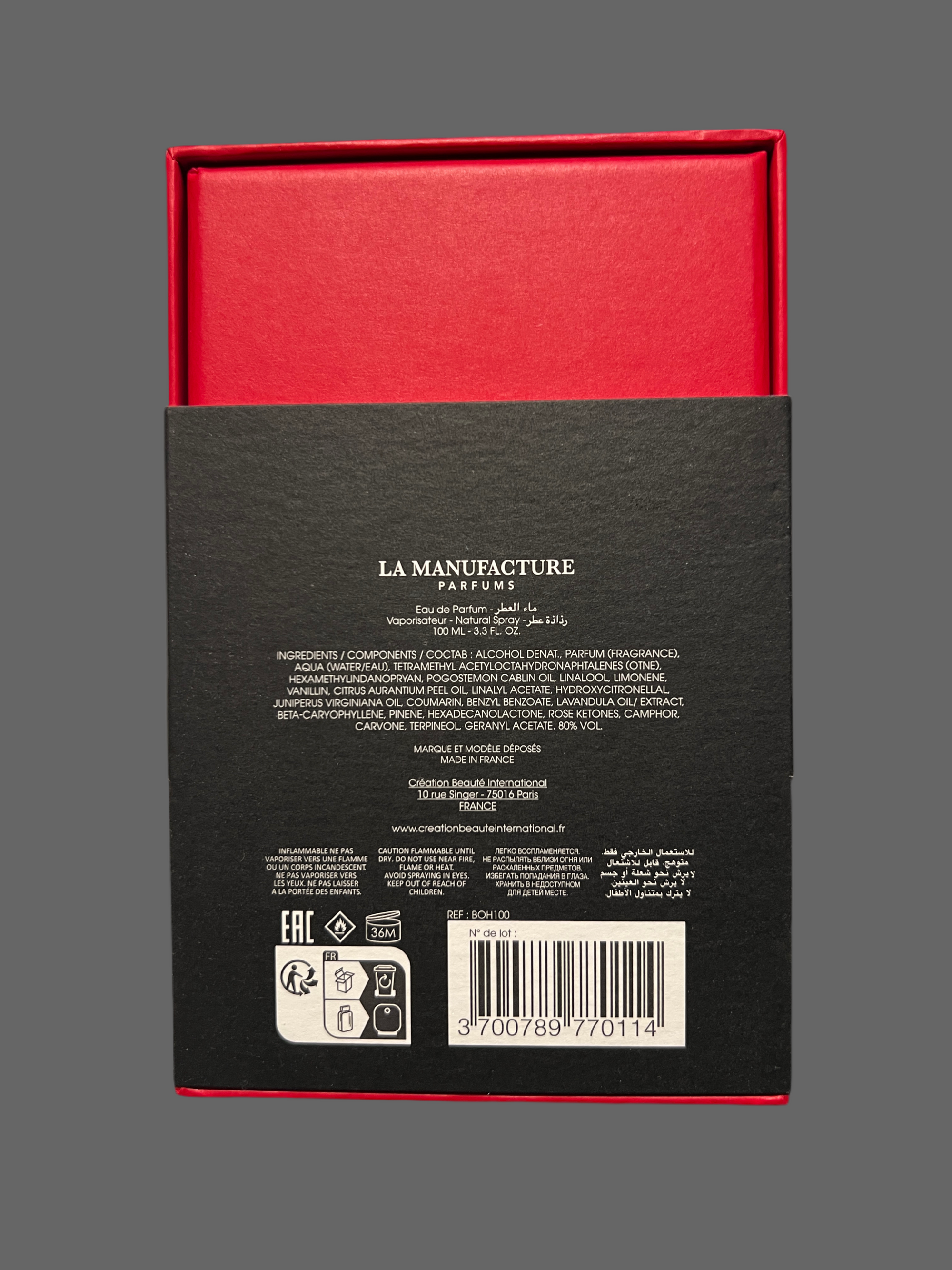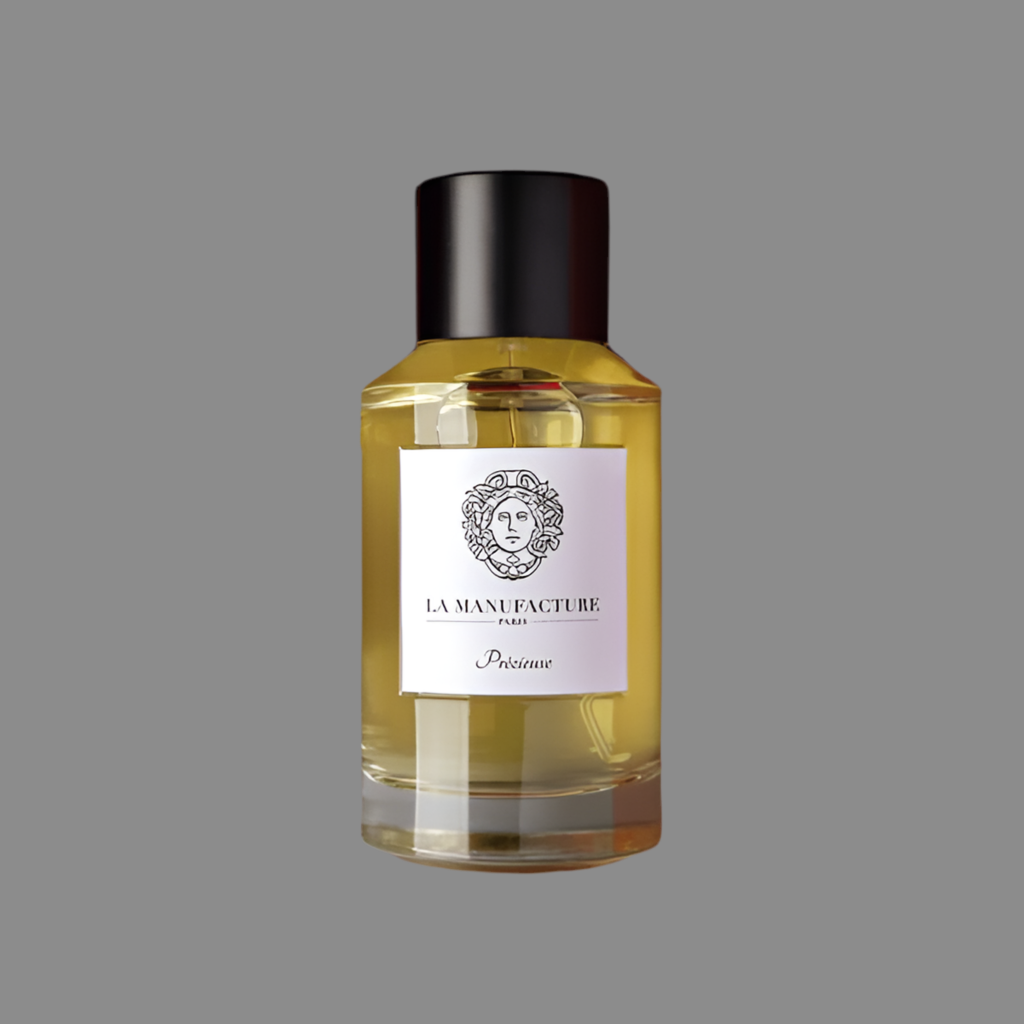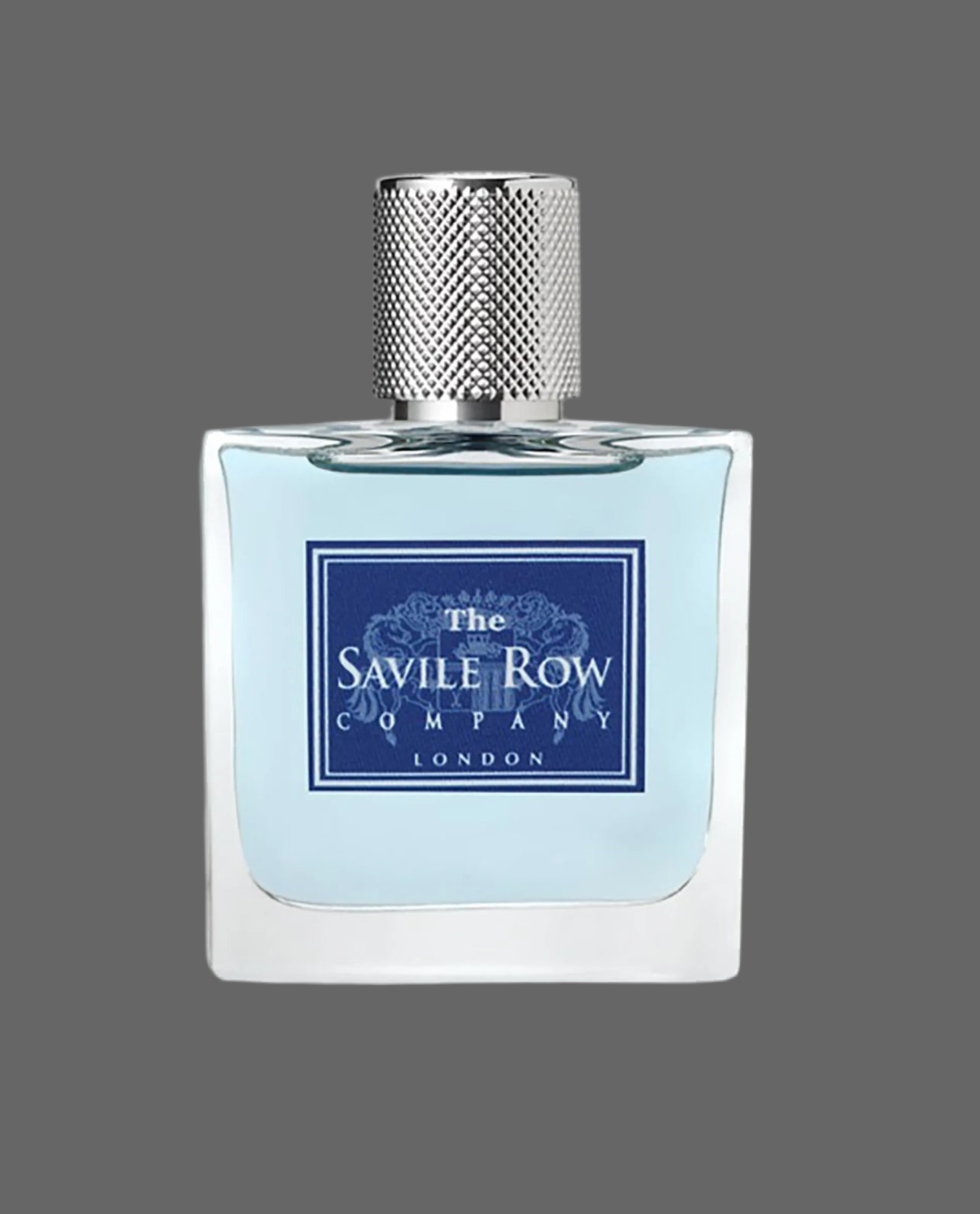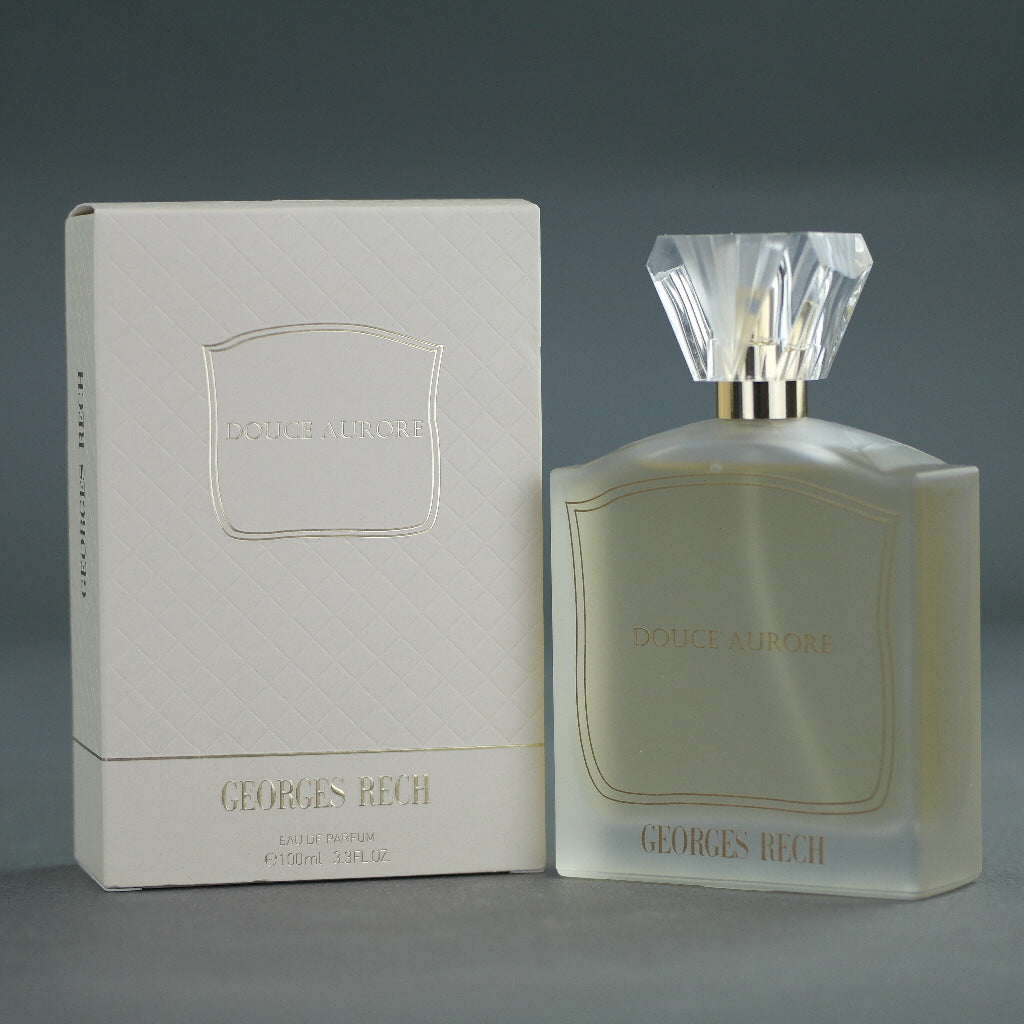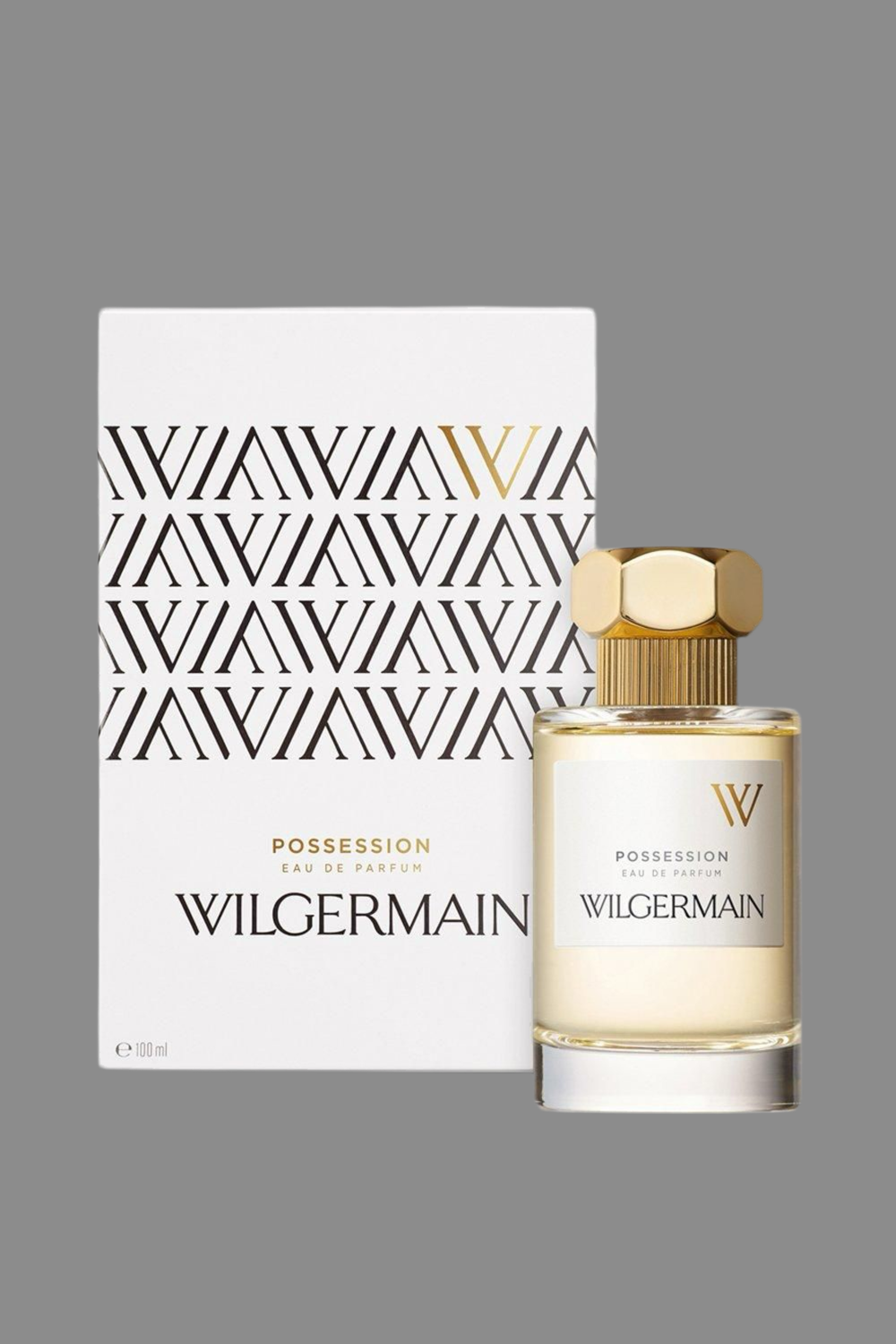PERFUME
Ancient texts and archaeological excavations show the use of perfumes in some of the earliest human civilizations. Modern perfumery began in the late 19th century with the commercial synthesis of aroma compounds such as vanillin or coumarin, which allowed for the composition of perfumes with smells previously unattainable solely from natural aromatics.
The word perfume derives from the Latin perfumare, meaning "to smoke through". Perfumery, as the art of making perfumes, began in ancient Mesopotamia, Egypt, the Indus Valley Civilization and possibly Ancient China. It was further refined by the Romans and the Arabs.
The world's first recorded chemist is considered to be a woman named Tapputi, a perfume maker mentioned in a cuneiform tablet from the 2nd millennium BC in Mesopotamia. She distilled flowers, oil, and calamus with other aromatics, then filtered and put them back in the still several times.
On the Indian subcontinent, perfume and perfumery existed in the Indus civilization (3300 BC – 1300 BC).
Perfume types reflect the concentration of aromatic compounds in a solvent, which in fine fragrance is typically ethanol or a mix of water and ethanol. Various sources differ considerably in the definitions of perfume types. The intensity and longevity of perfume are based on the concentration, intensity, and longevity of the aromatic compounds, or perfume oils, used. As the percentage of aromatic compounds increases, so does the intensity and longevity of the scent. Specific terms are used to describe a fragrance's approximate concentration by the percent of perfume oil in the volume of the final product. The most widespread terms are:
Parfum or Extrait, in English known as perfume extract, pure perfume, or simply perfume: 15–40% aromatic compounds (IFRA: typically ~20%);
Esprit de Parfum (ESdP): 15–30% aromatic compounds, a seldom used strength concentration in between EdP and perfume;
Eau de Parfum (EdP) or Parfum de toilette (PdT) (The strength usually sold as "perfume"[21]): 10–20% aromatic compounds (typically ~15%); sometimes called "Eau de perfume" or "millésime"; Parfum de toilette is a less common term, most popular in the 1980s, that is generally analogous to Eau de Parfum;
Eau de Toilette (EdT): 5–15% aromatic compounds (typically ~10%); This is the staple for most masculine perfumes.
Eau de Cologne (EdC): often simply called cologne: 3–8% aromatic compounds (typically ~5%); see below for more information on the confusing nature of the term "cologne";
Eau Fraiche: products sold as "splashes", "mists", "veils" and other imprecise terms. Generally, these products contain 3% or less aromatic compounds and are diluted with water rather than oil or alcohol.




